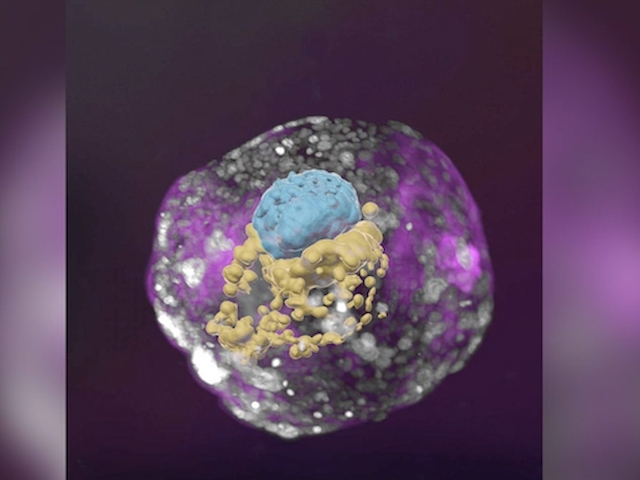In a seminal breakthrough that stands to reshape the field of reproductive biology, Professor Jacob Hanna and his multidisciplinary team at Israel's Weizmann Institute of Science have successfully developed intricate human embryo models using stem cells cultivated in a laboratory setting. Detailed in a peer-reviewed article published in the esteemed journal Nature, these synthetic embryo models faithfully replicate the essential characteristics observed in a 14-day-old human embryo. This includes not only the core features but also complex external elements such as the placenta, yolk sac, and chorionic sac—all crucial for the robust and dynamic growth of the embryo.
The creation of these human embryo models represents far more than a technical tour de force; it offers an unprecedented lens through which to scrutinize the enigmatic early stages of human development. Historically, these initial phases have been poorly understood, largely due to a combination of ethical dilemmas and technological limitations that have hindered in-depth study. Yet, these formative stages are vital, laying down the structural and functional groundwork for all future bodily organs and systems. Professor Hanna pointedly remarks, "While the subsequent eight months primarily involve growth, the critical biological activities unfold during the first month of embryonic development—a period that remains largely enigmatic. Our stem cell-derived models offer an ethically sound and more readily accessible avenue for investigating this crucial period, particularly since they so closely emulate a natural human embryo's developmental trajectory."
Scientists in Israel have used stem cells to grow a model of a human embryo without sperm, eggs or a womb. pic.twitter.com/qWt3BZk80t
— 10 News First (@10NewsFirst) September 7, 2023
Drawing from their previous achievements in synthesizing mouse embryo models, the research team adopted a groundbreaking methodology that obviates the need for fertilized eggs or a natural womb. They commenced the project with pluripotent stem cells, a unique class of cells capable of differentiating into a wide array of cell types. These pluripotent cells were sourced either from adult skin cells—reprogrammed to revert to a stem-like state—or descended from established human stem cell lines that have been cultivated in the lab over many years.
A cornerstone of this project lies in a proprietary technique Hanna developed for taking these pluripotent stem cells a step further by reverting them to a "naïve state." Cells in this naive state hold the virtually limitless potential to differentiate into any type of cell. This phase mirrors the natural human embryo around the seventh day, when it usually implants itself into the womb. Noteworthy is that Hanna's team were pioneers in this area, first describing methods for generating human naive stem cells as early as 2013. They have continually honed these methods over the years, culminating in the innovative work that forms the nucleus of this landmark study.
The incredible achievement of reverting human skin cells to stem cells for embryo modeling offers vast potential. Beyond organ development, this breakthrough promises insights into both healthy and unhealthy embryonic development 🌱🏥 #StemCellResearch #Weizmann #Israel 2/2
— Shailesh Gajula (@shailesh_gajula) September 7, 2023
The ethical ramifications of this research are as significant as they are promising. By furnishing an ethical substitute for live embryo experimentation, this novel approach has the potential to revolutionize various aspects of both reproductive and developmental biology. It may shine a light on the underlying causes of numerous congenital defects and fertility issues. Moreover, it could catalyze the development of new technologies for growing transplantable tissues and organs. Researchers could also employ these synthetic human embryo models to ethically explore the impacts of drugs or environmental factors on fetal development.
Not science fiction: Israeli researchers created embryo models in a lab #Israel #science #embryo #fertility https://t.co/Wrbo7jfSiV pic.twitter.com/188td96AhU
— Eli Dror (@edrormba) September 6, 2023
By forging new frontiers in our understanding of human embryology, this seminal research not only challenges existing ethical paradigms but also holds the promise of driving transformative medical innovations that could significantly enhance, and even save, human lives.


